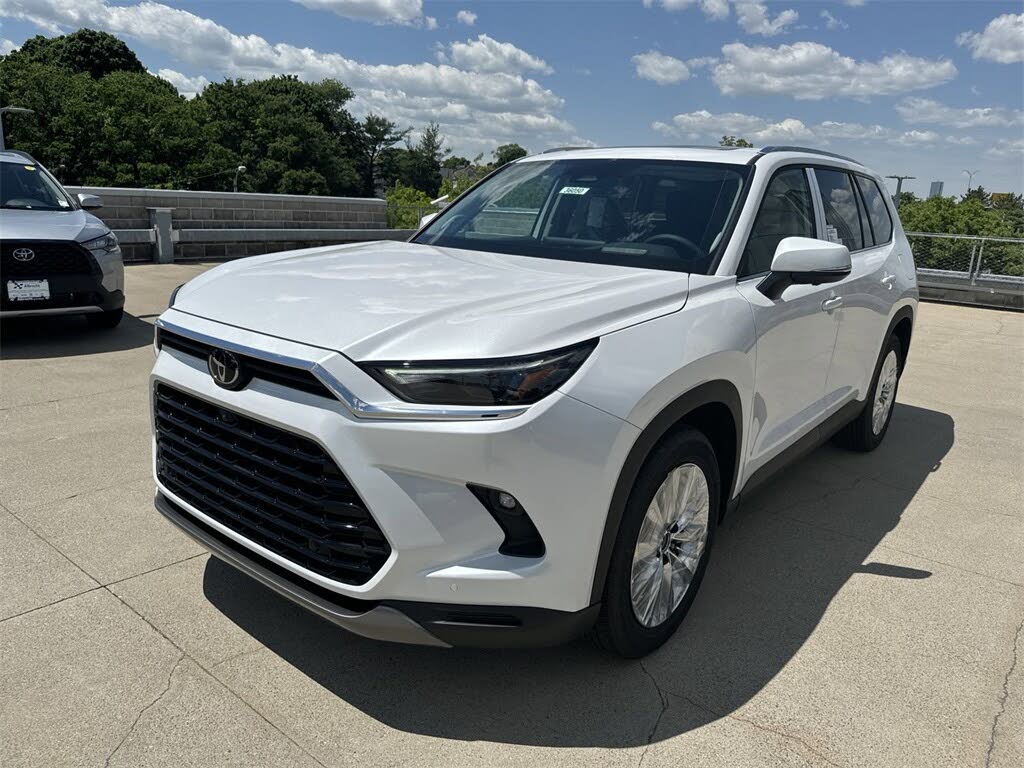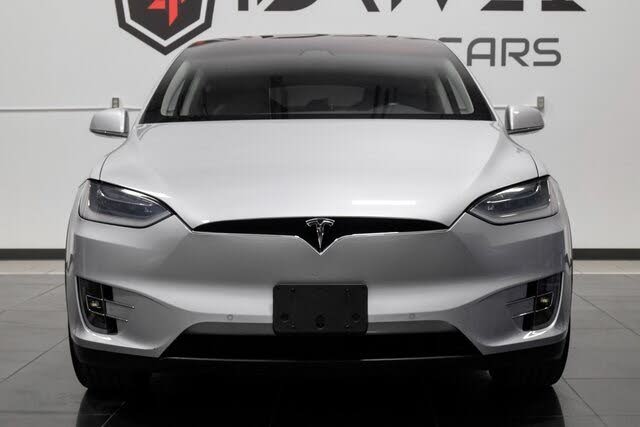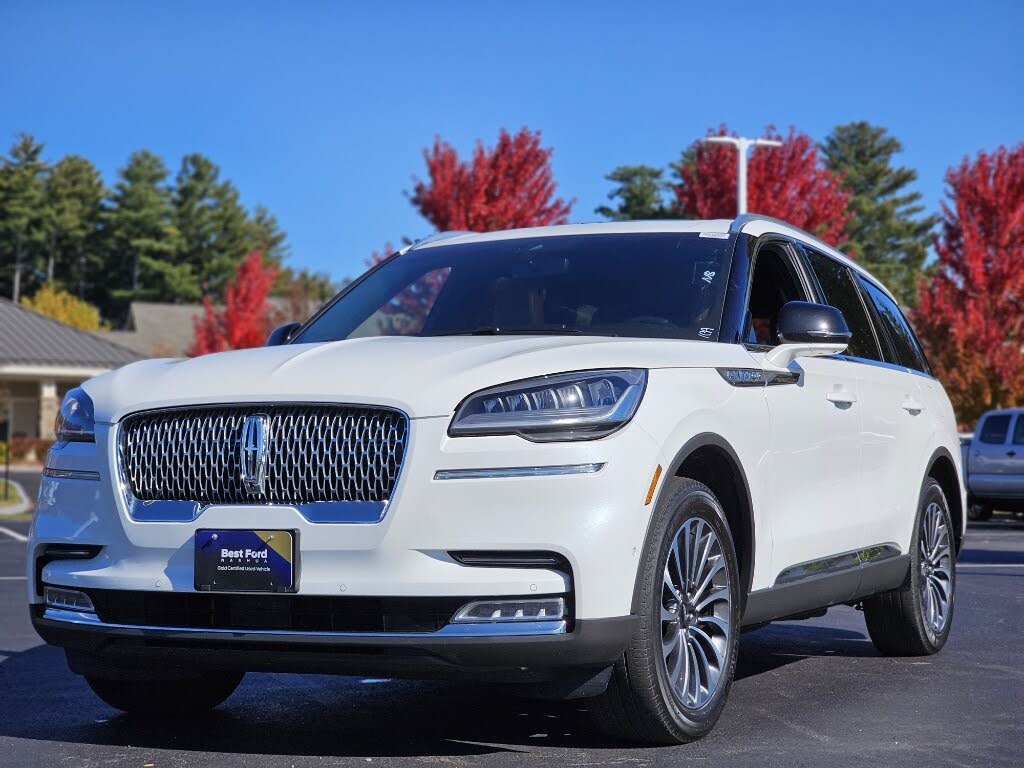Home > News & Blogs > Advanced Tech and Parental Vigilance Key to Preventing Child Heatstroke in Cars
Advanced Tech and Parental Vigilance Key to Preventing Child Heatstroke in Cars
In-Car Heatstroke: Prevention, Risks, and Safety Technologies
Understanding the Risks of In-Car Heatstroke
While the coronavirus pandemic has dominated global attention, another critical safety issue demands our focus: in-car heatstroke deaths among children. According to the National Highway Traffic Safety Administration (NHTSA), six children have already lost their lives in hot cars this year. National Heatstroke Day serves as a stark reminder of this preventable tragedy.
With summer camps canceled due to COVID-19, children are spending more time at home, increasing the likelihood of them accessing vehicles unsupervised. Jan Null, a meteorology and climate science expert, reports that 25.2% of hot car deaths occur when children enter vehicles unnoticed. In April, a 4-year-old in Houston tragically died under such circumstances.
--TOP ADVERTISEMENT HERE--
However, the majority of cases involve caregivers forgetting children in cars. Since 1998, Null’s NoHeatstroke.org has documented 855 heatstroke fatalities, with 2018 and 2019 marking the deadliest years. Organizations like Safe Kids Worldwide and KidsAndCars.org are urging parents, automakers, and lawmakers to address this alarming trend through education and technology.
Federal Mandates vs. Voluntary Industry Action
For years, safety advocates have pushed for federal regulations requiring vehicles to include technology that detects children left in hot cars. The Helping Overcome Trauma for Children Alone in Rear Seats (HOT CARS) Act aims to mandate such systems, but progress has been slow.
--FIRST CONTENT ADVERTISEMENT HERE--
In the absence of federal action, many automakers have voluntarily committed to integrating rear-seat reminder systems by the 2025 model year. The Alliance of Automobile Manufacturers and the Association of Global Automakers, representing nearly all U.S. vehicle sales, are leading this effort.
Some automakers, like GM and Nissan, have already introduced basic reminder systems. GM’s Rear Seat Reminder uses a chime and dashboard message, while Nissan’s Rear Door Alert honks the horn if rear doors are opened at the start but not the end of a trip. However, these systems rely on door sequence logic rather than detecting a child’s presence.
--SECOND CONTENT ADVERTISEMENT HERE--
“There is no way to enforce an industry ‘voluntary agreement,’ and no minimum performance requirements ensure the safety and effectiveness of these systems,” says Janette Fennell, founder of KidsAndCars.org.
Fennell emphasizes that current systems fail to address cases where children access vehicles independently, accounting for over 25% of heatstroke deaths.
--FOURTH CAR LIST HERE--
Advanced Safety Technologies: A Step Forward
Hyundai’s Ultrasonic Rear Occupant Alert system represents a more sophisticated approach. Using sensors to detect movement in the backseat, it alerts drivers via the instrument panel, horn, lights, and a mobile app. While Hyundai plans to make a simpler door-sequence system standard by 2022, the advanced sensor system remains optional and is currently available only in select models like the Sonata, Palisade, and Santa Fe.
--THIRD CONTENT ADVERTISEMENT HERE--
Despite these advancements, safety advocates argue that more comprehensive solutions are needed. Fennell states, “The only thing more tragic than a child or animal dying in a hot car is knowing that solutions exist but aren’t being utilized. The price of inaction is the life of children, and that is simply unacceptable.”
How Heatstroke Happens and What You Can Do
Heatstroke occurs when the body’s temperature rises to 104°F or higher due to prolonged exposure to high temperatures. According to the Mayo Clinic, children’s internal temperatures can reach 106°F in just 15 minutes, leading to severe health complications or death. Symptoms include nausea, flushed skin, a racing heart rate, and hot, dry skin. Immediate medical attention is crucial.
--FIFTH CAR LIST HERE--
Safe Kids Worldwide recommends the “ACT” strategy to prevent heatstroke:
- Avoid: Never leave a child alone in a car, even for a minute. Always lock your vehicle to prevent unsupervised access.
- Create Reminders: Place a visual cue, like a stuffed animal or your phone, in the backseat when your child is present.
- Take Action: If you see a child alone in a car, call 911 immediately.
- --BOTTOM ADVERTISEMENT HERE--
Conclusion: A Call for Awareness and Action
In-car heatstroke is a preventable tragedy that claims young lives every year. While automakers are making strides with rear-seat reminder systems, advocates stress the need for federally mandated, detection-based technologies. Until such measures are widely adopted, parents and caregivers must remain vigilant and educate themselves on heatstroke risks and prevention strategies.
By combining awareness, education, and advanced safety technologies, we can work together to eliminate these heartbreaking incidents. .
--SIXTH CAR LIST HERE--

Motorvero Chris2
Last Updated On Mar, 10-2025







